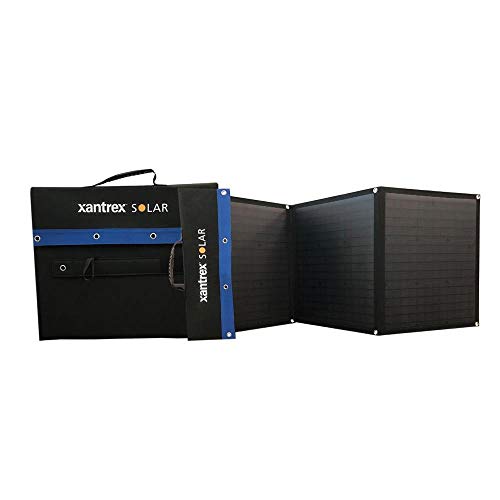jonyjoe303
Well-known member
- Joined
- May 18, 2017
- Messages
- 690
- Reaction score
- 94
1/2 inch foam rtech is easy to work on, easy to cut and install, and it bends easily to the contour of your van. First I added 2 layers, then over the years added more layers when I was still feeling heat or cold, after 6 layers I don't feel any more heat coming from the roof. The roof was my main concern but then also covered all my rear windows with 1 inch foam, then added more foam over that. Every inch in the back of my van is covered in foam, even my rear door and sliding side door was covered over with foam. Its quick work installing, no need to use a ruler, just cut your foam as straight as you can and apply, cut another section and apply next to it, like a jigsaw puzzle. Later you can decorate it better. I also added some foam to the floor, no hotglue needed, it stays in play. The more insulation you use the better your results, it takes up space but improves your comfort level.
On the doors the foam is removable in case I want to use them. The foam make the van airtight, no outside air gets in during the winter, I have a sliding door that divides the front of driving area of van from the back. That is very important, lot of heat/cold come from the large windshield.
rtech foam I use 4x8 foot

these are some of the temps I recorded in the morning, it shows inside/outside temp no heater in use

Foam also works in the summer but keeps the heat in the van late into the evening. I have to run a swamp cooler at night especially when the humidity is high. These are the temperatures I got in the summer between the front uninsulated and back insulated, all windows/doors closed. I had a swampcooler running providing ventilation. Without insulation the front and back would be about the same.

On the doors the foam is removable in case I want to use them. The foam make the van airtight, no outside air gets in during the winter, I have a sliding door that divides the front of driving area of van from the back. That is very important, lot of heat/cold come from the large windshield.
rtech foam I use 4x8 foot

these are some of the temps I recorded in the morning, it shows inside/outside temp no heater in use

Foam also works in the summer but keeps the heat in the van late into the evening. I have to run a swamp cooler at night especially when the humidity is high. These are the temperatures I got in the summer between the front uninsulated and back insulated, all windows/doors closed. I had a swampcooler running providing ventilation. Without insulation the front and back would be about the same.

























































